It’s no secret that 2016 saw a boost in interest when it comes to revolutionizing healthcare through new technologies. In particular, the Internet of Things (IoT) demonstrates significant potential to be a catalyst for innovation in digital healthcare.
According to MedGadget, both patients and healthcare providers can benefit from IoT. A few of the many uses of IoT in the healthcare space include mobile applications or wearable devices that allow patients to capture their health data. For example, according to Forbes, you can connect one or more smart sensors in a device and have that device stream data to you via text or email. These motion sensors can be used to monitor an elderly relative who lives alone, proving both independence and peace of mind.
On the other hand, mobile apps like Play-It Health increase patient engagement. Play-It Health, a client of Twentyseven Global, allows patients to receive reminders for prescriptions, doctor appointments, and labs. Patients can also rack up points that can be used for coupons, games and even reduced insurance premiums.
One of the most prominent risks associated with IoT and digital health is security. According to TechTarget, one prominent security issue is that of devices unknown devices entering hospitals through a variety of channels. Because the devices come in through a different process, they may not have any common controls, meaning passwords, encryption or the latest versions of hardware and software on the device. Connectivity glitches and data migration are additional issues that hospital often have to contend with as well.
Nonetheless, the digital healthcare wave continues to drive innovation. According to MedCityNews, innovators and entrepreneurs that are backed by venture capital are finding new and improved ways to leverage devices in order to bring new data, better information, deeper understanding, more actionable insights and more refined workflow solutions to bring about cost-effective healthcare services.





